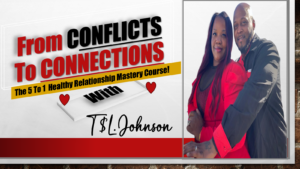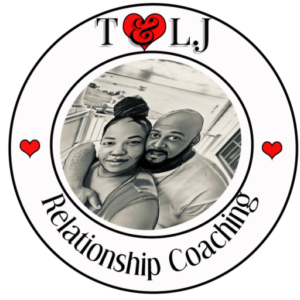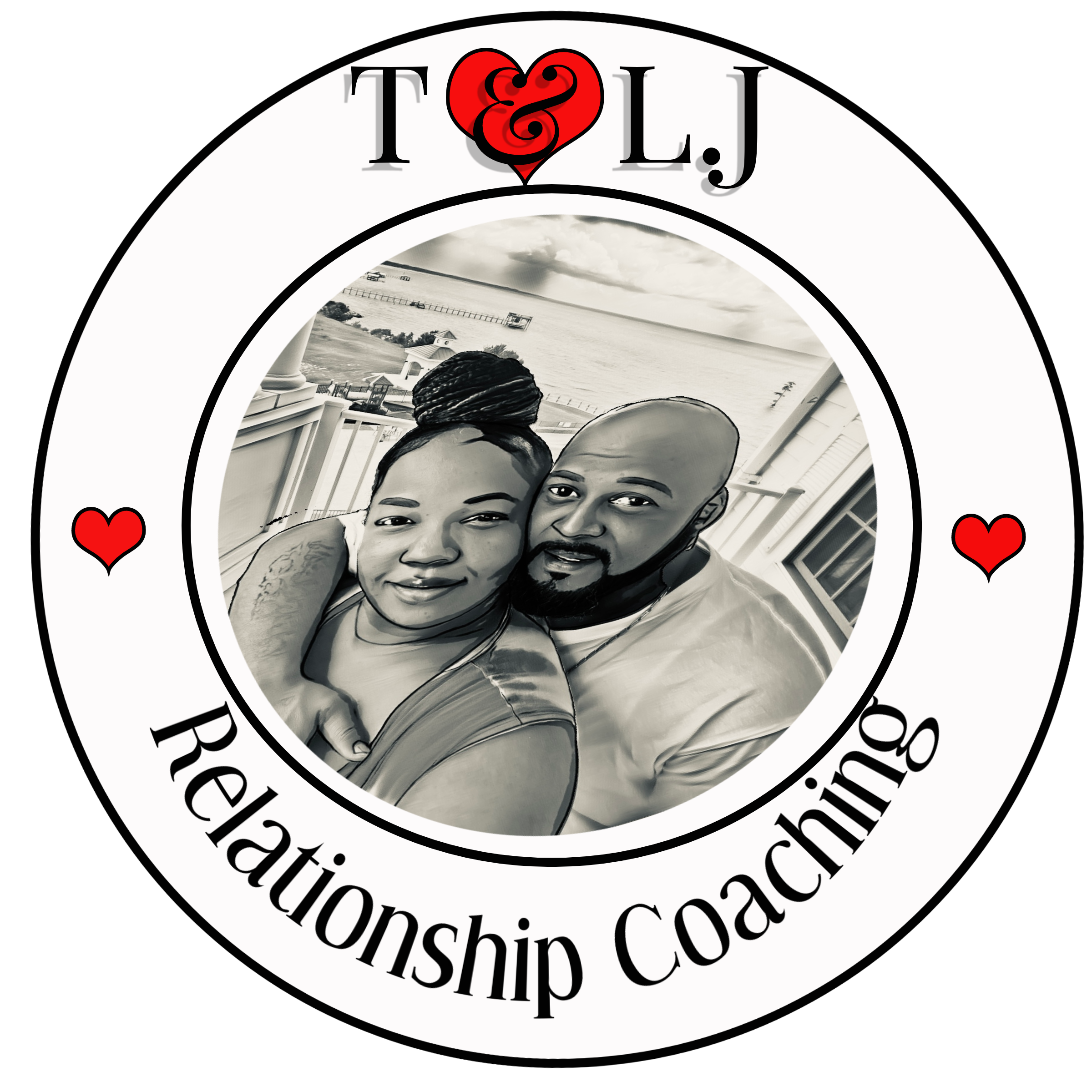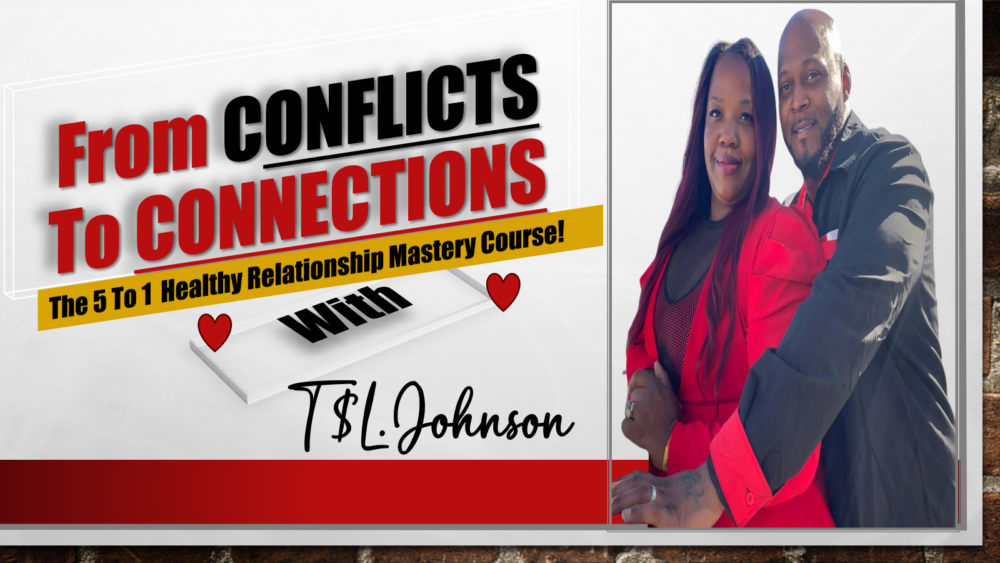The Power of Words
Understanding the Weight of Our Language
Words hold tremendous power in our relationships. Whether we’re expressing love, sharing dreams, or even communicating frustrations, the way we articulate our feelings impacts not just our messages but how those messages are received. I remember a time when I struggled to communicate my feelings clearly, and it led to misunderstandings that could’ve been easily avoided.
When we choose our words carefully, it’s like painting a picture with emotions. Each word carries a shade or a tint, and when we get it right, our relationships can flourish. Think about how lovely it is to hear someone say, “I appreciate you” versus just a simple “thanks.” The former is a heartfelt recognition, while the latter can sometimes feel casual and dismissive.
My experience taught me that tuning in to the nuances of our language can help bridge gaps between us. It encourages vulnerability and connection, fostering a deeper love that is communicated through heartfelt language.
Communication Styles
The Way We Express Ourselves
Everyone has a unique communication style. Some of us are direct, while others are more subtle. I’ve noticed that understanding someone’s communication style can significantly shape how we connect. For instance, when I speak to my partner, I’m mindful of how they prefer to express and receive information.
When you ask the right questions and pay attention to how someone else communicates, you can learn so much about their love language. Those insights can elevate a relationship from surface level to something much deeper and more authentic.
It’s all about finding that sweet spot of mutual expression. By acknowledging and adapting to each other’s styles, we can create a much richer dialogue. This doesn’t mean changing who you are but rather finding ways to meet in the middle.
Emotional Context
Nuance and Empathy in Conversations
One thing that I’ve come to learn is that emotional context matters. When we have conversations, it’s not just about what we say but how we say it and what’s unspoken. If I’m upset about something and I try to share it without laying the groundwork of emotional context, my partner often doesn’t understand why I’m feeling that way.
Imagine talking to someone about your day without revealing the stress that led to your feelings of frustration. They might miss the bigger picture and focus only on the details you shared. That’s why establishing an emotional context can help both partners navigate the terrain of conversations more easily.
For me, creating that context has been key. I’ve learned to express not just the facts but the feelings behind them. Giving voice to my emotions not only helps my partner understand me better but also encourages them to share their feelings, creating a safe space for both of us.
Active Listening
Being Present in the Moment
Active listening is another essential piece of the puzzle. I can’t tell you how many times I’ve been in a conversation, but my mind was a million miles away. Learning to focus entirely on my partner when they speak reduces miscommunication and fosters intimacy. When you truly listen, you can respond thoughtfully rather than reactively.

Practicing active listening involves more than just nodding or saying, “Uh-huh.” It’s about making eye contact, reflecting back what you hear, and being genuinely interested in the speaker’s message. I’ve found that this not only makes my partner feel valued but also deepens our bond over time.
Making a conscious effort to listen actively has transformed my relationships. It’s crazy how the simple act of being genuinely present can lead to more profound connections and understanding between loved ones.
The Role of Nonverbal Cues
Body Language and Emotional Expression
Last but definitely not least is the role of nonverbal cues. Our body language, facial expressions, and even the tone of our voice can convey emotions sometimes even more powerfully than our words. I’ve seen first-hand how a warm smile or a gentle touch can say a thousand words without a single one being spoken.
When we communicate, it’s crucial to ensure that our verbal messages align with our nonverbal signals. I remember having a tough conversation with a friend while my arms were crossed defensively. Even though I was attempting to articulate my feelings, my body language conveyed the opposite message. This clash can lead to confusion and hinder effective communication.
By being aware of our bodily expressions and ensuring they align with our words, we can communicate more openly and honestly, creating stronger connections with those we love. It’s all about harmonizing our verbal and nonverbal messages to foster deeper understanding.
Frequently Asked Questions
1. How can words truly shape our relationships?
Words are powerful tools that can uplift or hurt. They shape perspectives, foster connections, and allow for vulnerability. The way we articulate our feelings can significantly affect how loved ones perceive us and our intentions.
2. What are some ways to improve my communication style?
Be open to self-reflection and aware of how your style may impact others. Practicing adaptability in conversations and learning about different communication preferences can help you connect more effectively with your loved ones.
3. Why is emotional context crucial in conversations?
Emotional context sets the stage for understanding the emotions behind the words. It allows both parties to navigate discussions with empathy, leading to deeper connections and reducing the chances of misunderstandings.
4. How can I become a better active listener?
Focus on being present during conversations. Make eye contact, refrain from interrupting, and reflect back what you hear. This practice shows true engagement and respect for the speaker.
5. What role do nonverbal cues play in communication?
Nonverbal cues complement verbal communication and often convey emotions more powerfully than words alone. Being aware of your body language, tone, and facial expressions is key to effective communication.

Schedule Your First 20-Minute Coaching
Call With Us Today to see if we fit . You pick the price!
Click Here




